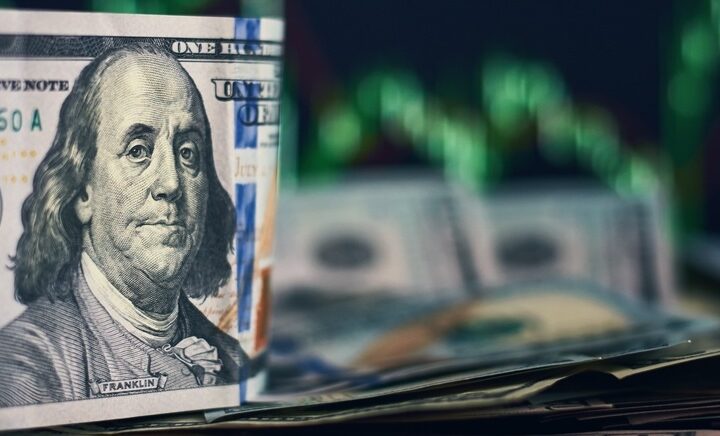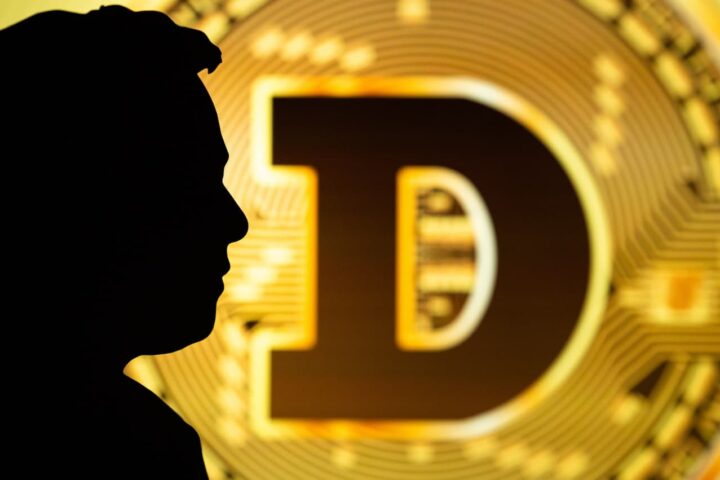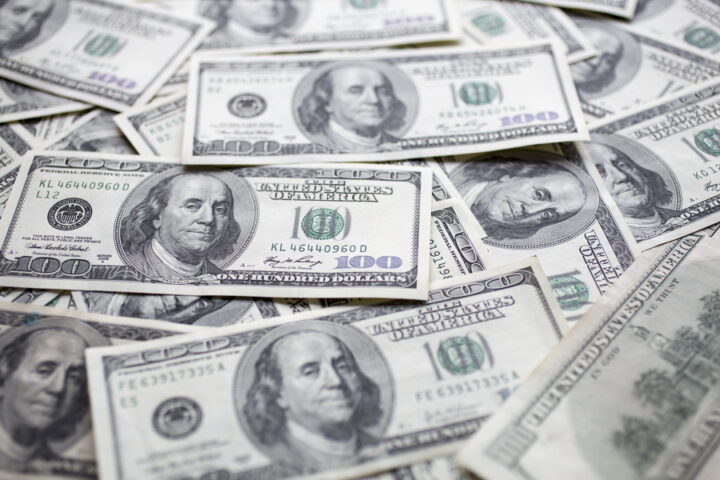The dollar slid broadly on Monday as investors interpreted a Group of 20 agreement to shun competitive currency devaluations as a green light to resume dollar selling.
At the meeting in South Korea, G20 finance ministers also struck a surprise deal to give emerging nations a bigger voice in the IMF, recognising the quickening shift in economic power away from Western industrial nations.
Analysts said the outcome at G20 pointed to a status quo in currency markets, with the dollar staying under pressure due to market expectations for the Federal Reserve to unveil a second round of quantitative easing as early as November.
One trader said real money accounts and trend-following commodity trading advisers were detected buying the euro and the Australian dollar, while another cited buying of the euro and the Australian dollar by Asian accounts.
"It looks like the market has taken the G20 as a green light to continue with the trends up to that point, which have been towards U.S. dollar weakness," said Sue Trinh, senior FX strategist at RBC in Hong Kong.
The euro climbed 0.6% from late Friday U.S. trading to $1.4035.
A break of $1.4051, a 76.4% retracement of the euro's drop to $1.3697 last week from an 8-½ month high of $1.4161 hit earlier this month on trading platform EBS, would open the way for a retest of that $1.4161 peak.
"If the euro breaks above the $1.4050 area, it will likely hit a new high (beyond $1.4161)," said Masato Chin, president of Chin Associates.
But another failure near $1.4050 could see a quick move back down to $1.3700 or even to $1.3580.
The Australian dollar surged more than 1.0% to $0.9930, getting an additional boost from news that Singapore Exchange will buy Australian bourse operator ASX.
A surprise jump in Australian producer prices, despite their limited correlation with consumer prices, fanned speculation that the Reserve Bank of Australia may raise interest rates as early as November.
FOCUS ON FED
U.S. Treasury Secretary Timothy Geithner reiterated that the United States supports a strong dollar.
In addition, the G20 statement contained a thinly veiled reference to the United States, saying advanced countries, including those with reserve currencies, would be vigilant against excessive volatility and disorderly movements in exchange rates.
A lack of details, however, was likely enough for investors to resume their dollar-selling, said Koji Fukaya, chief currency strategist at Credits Suisse Securities in Tokyo, adding that the dollar may stay under pressure at least until the Fed's policy meeting next week is out of the way.
"The fact that there wasn't anything specific aimed at stopping dollar weakness probably prompted market players to think it was OK to go back to what they were doing before," Fukaya said.
Analysts at Goldman Sachs said the Fed is almost certain to announce renewed monetary easing at next week's policy meeting. They said it may announce $500 billion in asset purchases or a bit more over a period about six months, and the size could eventually reach $2 trln.
In a Reuters poll earlier this month, U.S. primary dealers projected the size of quantitative easing in a range of $500 bln to $1.5 trln.
German Economy Minister Rainer Bruederle took issue on Saturday with what he called a U.S. policy of increasing liquidity, saying it indirectly manipulated exchange rates.
"It appears a currency fracas is still going on after the G20. I suspect the U.S. has no choice but to start quantitative easing next month after having made markets price that in. But I wonder if the Fed is really going with aggressive easing given such opposition. Many outside the United States think quantitative easing is unnecessary," said a trader at a Japanese bank.
Such criticism was unlikely to affect the Fed's stance on monetary policy, however, said another trader for a Japanese trust bank. If it did, it would be tantamount to an admission that the Fed's monetary easing stance up to now had been aimed at weakening the dollar, the trader said.
"If there were to be any impact that would be a serious matter," the trader said.
The greenback's broad slide was reflected in the dollar index, which measures its value against a basket of currencies. The index slipped 0.6% to 76.994.
The dollar fell 0.4% against the yen to 81.00 yen, dipping back toward a 15-year low of 80.84 yen struck on trading platform EBS earlier in October.
Market players said chances of Japanese yen-selling intervention would increase if the dollar were to drop below 80.00 yen and test its record low of 79.75 yen.







